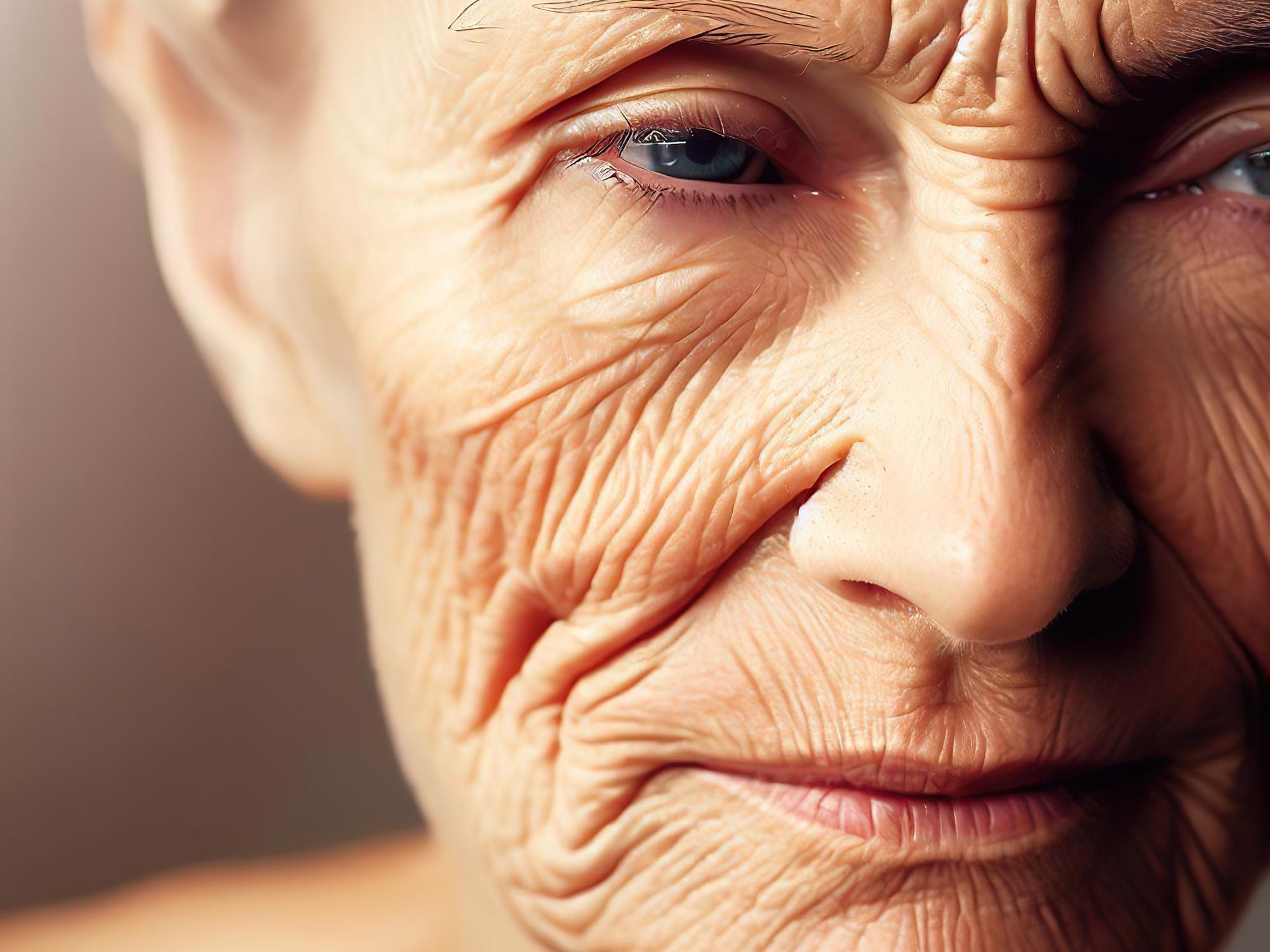

In a groundbreaking study, scientists have identified the pivotal role of the IL-17 protein in skin aging. Researchers have discovered that some immune cells in the skin display high levels of IL-17 during the aging process, which contributes to an inflammatory condition. By inhibiting IL-17, they observed symptoms of delayed aging, such as poor hair follicle growth, transcutaneous water loss, slow wound healing, and genetic markers of aging.
A scientific collaboration found that the IL-17 protein plays a key role in skin aging, with its temporary inhibition leading to symptoms of delayed aging. Future research will investigate the role of IL-17 in the aging processes of other tissues and organs.
- A team of researchers from IRB Barcelona and CNAG has identified the IL-17 protein as a determinant of skin aging.
- Blocking IL-17 function reduces the pro-inflammatory status and delays the appearance of age-related features in the skin.
- Published in the journal nature agingThe work opens new avenues in developing therapies to improve the health of aging skin.
A team of scientists from the Institute for Research in Biomedicine (IRB Barcelona) in collaboration with the National Center for Genetic Analysis (CNAG) has discovered that the IL-17 protein plays a key role in skin aging. The study, which was led by Dr Guiomar Solanas, Dr Salvador Aznar Benitah, both at IRB Barcelona, and Dr Holger Heyn, at CNAG, highlights the process of aging mediated by IL-17 to an inflammatory state.
Skin aging is characterized by a series of structural and functional changes that gradually contribute to age-related deterioration and fragility. Aging skin’s ability to regenerate is reduced, the ability to heal is impaired, and its protective barrier function is diminished. Published in the journal nature agingThis work describes the changes that different types of cells undergo with age and identifies how certain immune cells in the skin express high levels of IL-17.

Immunofluorescence staining for IL-17 (white) in aged mouse skin. Credit: IRB Barcelona
“Our results show that IL-17 is involved in various functions related to aging. We have observed that blocking the function of this protein slows the onset of many deficiencies associated with skin aging. This discovery opens up new possibilities for treating certain symptoms or facilitating skin recovery after surgery, for example, As Dr Aznar Benyetah, ICREA Researcher and Head of the Cancer and Stem Cell Laboratory at IRB Barcelona, explains.
“Single-cell sequencing allowed us to delve deeper into the complexity of the cell types and states that make up skin and how these change over the life span. We found not only differences in the composition of aged skin, but also changes in cell activity states. Immune cells in particular showed specific age-related features.” , which we can determine by analyzing thousands of individual cells simultaneously, says Dr. Holger Heine, head of the Single-Cell Genomics Laboratory at CNAG.
Immune cells, inflammation and aging
In addition to a variety of epithelial cells, hair follicle cells, and other components, the skin is also home to immune cells that play an important role in preventing infection and protecting against various damages.
The study describes how the presence of some of these immune cells during aging, such as gamma delta T cells, innate lymphocytes, and CD4+ T cells, increases markedly in the skin. These same cells also begin to express very high levels of the pro-inflammatory cytokine IL-17.
Explains Dr. Paloma Sola, first author of the research paper, along with Dr. Mereu, now a researcher at the Josep Carreras Institute for Leukemia Research.
Reversing the symptoms of aging in the skin
Previous studies had described that IL-17 is associated with certain autoimmune skin diseases, such as psoriasis, and there are existing treatments that block this protein. The team of researchers studied the response of various aspects to blocking IL-17 activity, including hair follicle growth, transcutaneous water loss, wound healing, and genetic markers of aging. These four parameters showed improvement after treatment, as the acquisition of aging traits was significantly delayed.
“IL-17 is essential for vital body functions, such as defense against microbes and wound healing, so permanently blocking it would not be an option. What we have observed is that temporary inhibition of it offers benefits that could be of interest on a therapeutic level,” says Dr. Joyomar Solanas. , research associate at IRB Barcelona.
The researchers’ future work will focus on elucidating the aging processes associated with inflammatory conditions in the skin and how they relate to IL-17. The team will also address whether IL-17 is involved in the aging and deterioration of other tissues and organs.
Reference: “Targeting Lymphocyte-derived IL-17 Signaling to Delay Skin Aging” By Paloma Sola, Elisabetta Mirio, Julia Bongoch, Marta Casado-Pelaez, Neos Prats, Menica Aguilera, Oscar Reyna, Enrique Blanco, Manel Esteller, Luciano de Croce, Holger Heine, Guimar Solanas, Salvador Aznar Bennettah, June 8, 2023, Available Here. nature aging.
DOI: 10.1038/s43587-023-00431-z
This research has received funding from the European Research Council (ERC), the Government of Catalonia, the Spanish Ministry of Science and Innovation, the Lilliane Bettencourt Foundation, the Government Research Agency (AEI), and the European Regional Development Fund (ERDF).

“Web maven. Infuriatingly humble beer geek. Bacon fanatic. Typical creator. Music expert.”





More Stories
Scientists confirm that monkeys do not have time to write Shakespeare: ScienceAlert
SpaceX launches 23 Starlink satellites from Florida (video and photos)
A new 3D map reveals strange, glowing filaments surrounding the supernova